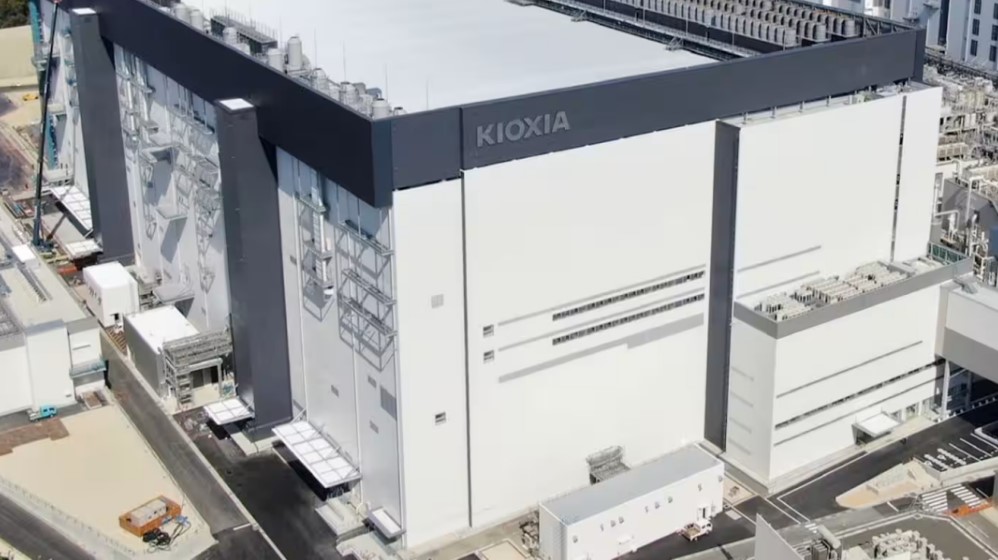According to Nikkei, after 20 months of production cuts, Kioxia has now returned to full production. Industry insiders say that behind these changes is the improvement of market conditions. This could mean that the world's fourth-largest 3D NAND maker will regain market share, which could mean a drop in flash prices. The company also secured a 540 billion yen ($3.424 billion) refinancing and a new credit facility worth 210 billion yen ($1.332 billion) from lenders.
In late 2022, due to oversupply in the market, DRAM and NAND flash memory chip manufacturers generally opted to cut production to curb the price decline. Kioxia was no exception, and its two major factories in Japan — Yokkaichi City in Mie Prefecture and Kitakidai in Iwate Prefecture — had significantly reduced production rates and reduced production by more than 30 percent. However, with the gradual recovery of the market, Kioxia saw positive changes in late 2023 and decided to end the production reduction strategy in 2024.
After a period of sluggishness, demand for smartphone and PC chips has now bottomed out and is starting to recover. In addition, there was an increase in data center-related orders. Together, these factors are driving the recovery of the NAND flash memory market. Kioxia's financial report showed that it achieved a net profit of 10.3 billion yen in the first quarter of 2024, ending six consecutive quarters of losses, which is further evidence of the improved market environment.

Figure: Kioxia ends NAND flash production reduction strategy
Kioxia's two major factories are now operating at 100 percent, which not only signifies a full recovery in production capacity, but also indicates Kioxia's confidence in the market. In addition, Kioxia has received new credit support from the bank, which will help the company upgrade its equipment and further improve production efficiency and product quality.
As Kioxia and other NAND flash memory manufacturers restore and ramp up production capacity, the market supply will gradually increase. This could lead to stable or somewhat lower prices for 3D NAND flash memory, which could be a boon for consumers and downstream manufacturers. However, the exact movement of prices will also be affected by market demand, production costs and other macroeconomic factors.
Kioxia' s decision to end its NAND flash production reduction strategy is not only a positive response to the current market conditions, but also an optimistic expectation for the future development of the industry. With the continuous advancement of technology and the continuous growth of market demand, the 3D NAND flash memory market is expected to usher in a more stable and healthy development environment. It is worth mentioning that Western Digital, a partner of Kioxia, recently previewed the 2Tb QLC BICS8 chips for the data center market. This shows that Kioxia is actively promoting the development of flash memory technology and making efforts to meet market demand.






